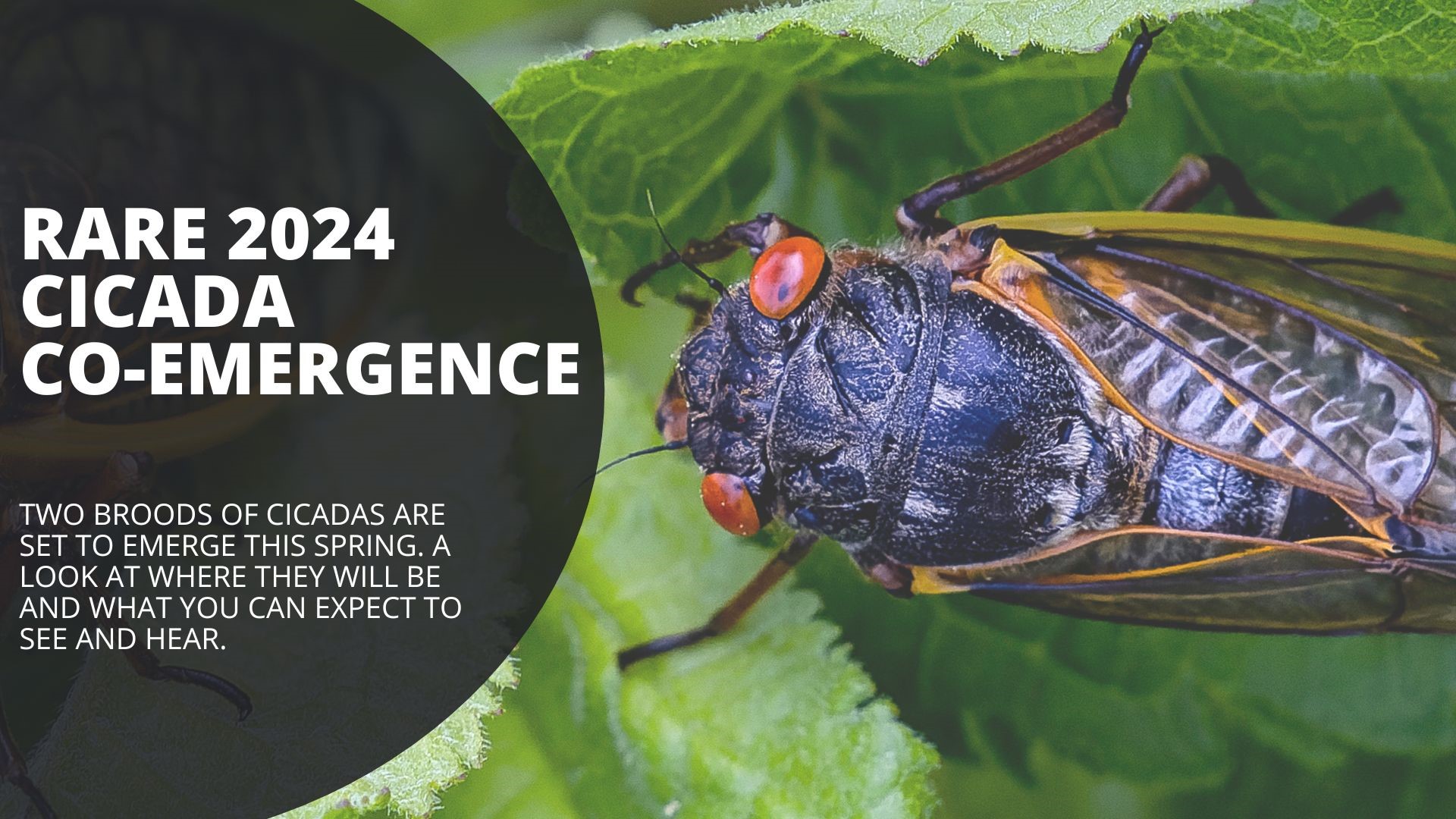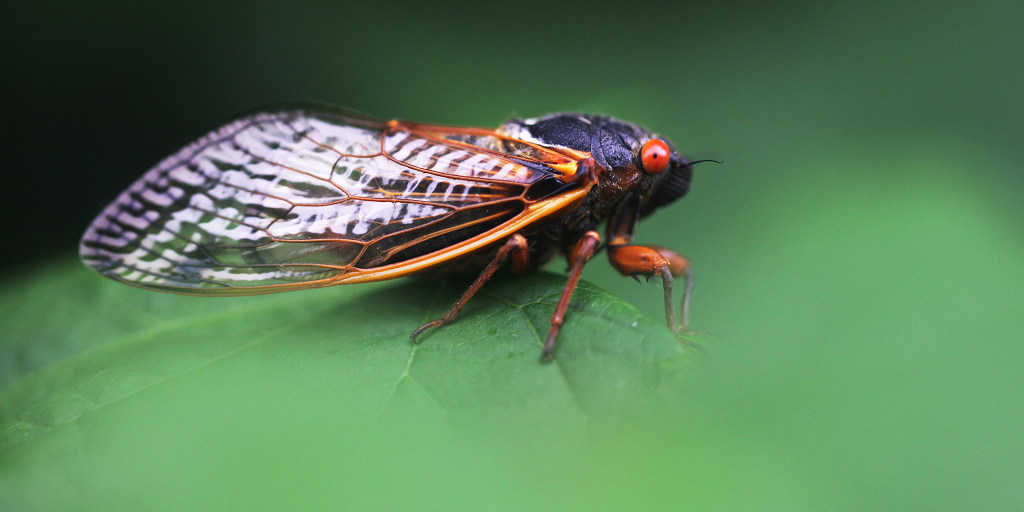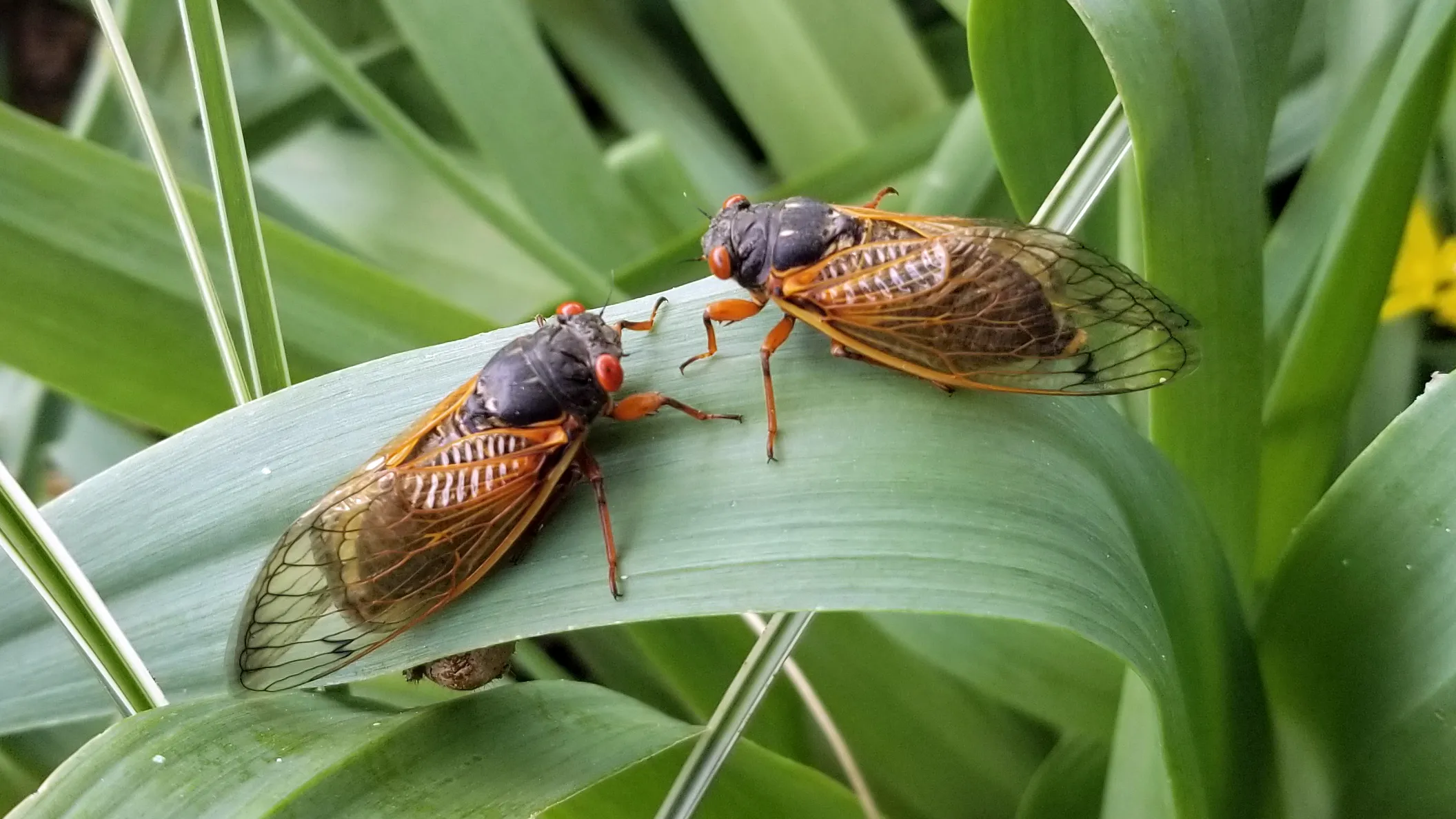In the coming weeks, a remarkable natural phenomenon is set to unfold across over a dozen states as trillions of periodical cicadas emerge from underground. This emergence will be marked by the distinct buzzing and chirping of these insects, known for their massive numbers and loud noise. The cicadas are part of two distinct groups, or broods: Brood XIX and Brood XIII, whose simultaneous emergence has not occurred in over two centuries.

Tracking Cicada Activity: Insights from Cicada Safari
Reports of adult periodical cicadas from Brood XIX have already surfaced in several states across the Southeast, including Georgia, North Carolina, South Carolina, Alabama, Mississippi, Tennessee, Arkansas, Kentucky, and Missouri. The Cicada Safari app, developed by Mount St. Joseph University in Cincinnati, Ohio, allows users to document cicada sightings through photos, view a map of sightings, engage in a leaderboard, and access comprehensive information about cicadas.
Understanding Cicada Behavior: Calls, Mating, and Brood Cycles
The projected emergence of Broods XIII and XIX spans a combined 17 states across the Southeast and Midwest, with some areas of overlap in Illinois and Iowa. This emergence is triggered by soil temperatures reaching 64 degrees Fahrenheit at a depth of eight inches, typically occurring from May to late June. The last time these two broods emerged simultaneously was in 1803, during Thomas Jefferson’s presidency.
Various Broods, Types, Age, and Behaviour
A brood, as defined by the University of Connecticut, comprises all periodical cicadas of the same life cycle type that emerge in a given year. These broods consist of various species of cicadas with separate evolutionary histories but share a common emergence schedule due to their regional proximity. The deafening noise associated with cicadas is primarily attributed to male cicadas, which synchronize their calls to establish territory and attract females. This congregational singing is a crucial aspect of their mating behavior. Additionally, male cicadas emit a distinct courting call before mating, contributing further to the cacophony.

The 13-year and 17-year brood cicadas are particularly loud due to the sheer volume of individuals emerging simultaneously. Their synchronized calls create a symphony of sound that can be both mesmerizing and overwhelming for observers. As the cicada invasion unfolds, communities in affected regions are encouraged to stay informed about cicada activity, take necessary precautions, and appreciate the awe-inspiring spectacle of nature’s cycle in motion.
